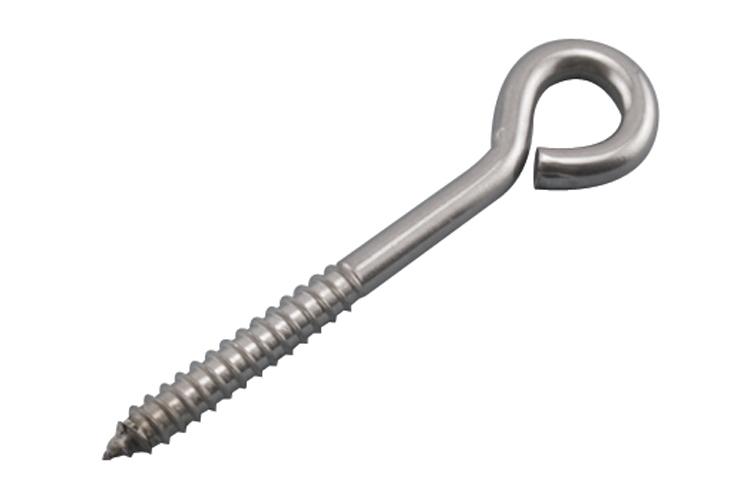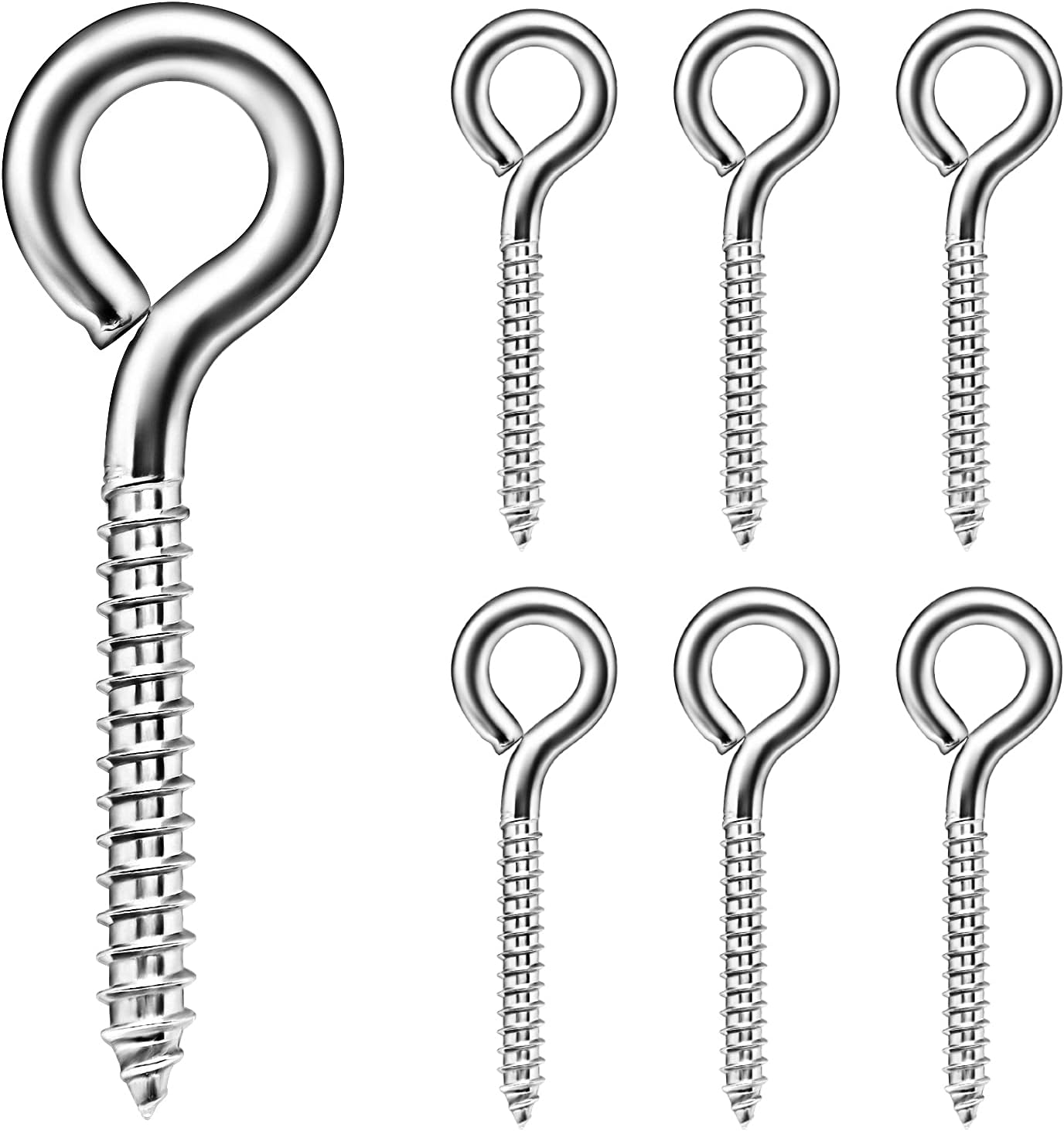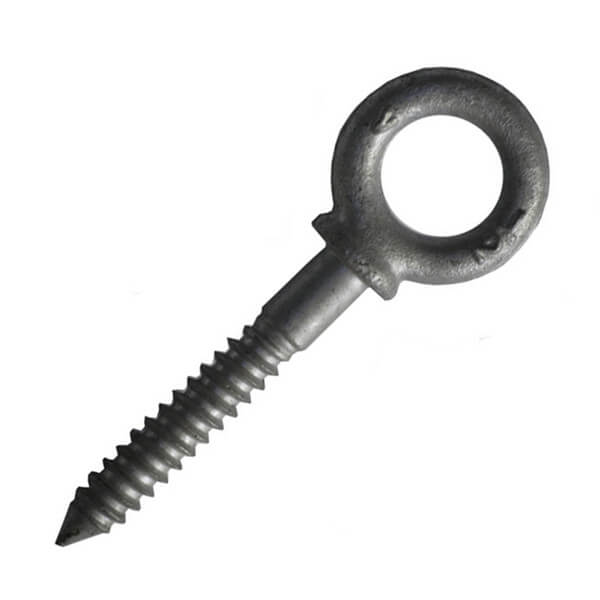Product Description
stainless steel 316 S320 eye lifting hook with latch
1. How do we control quality?
a) Pay attention to adaptation for manufacture process
b) Approval report for shipment
c) Third party inspection is accepted
d) Keeping quality guarantee for a long period
e) Guaranteeing quality inspection of each product before assembly and packing.
f) Comply with ISO 9001
2. Are we a factory or a trading company?
We are a factory manufacturing .Our products mainly consist of: forged riggings, hoisting pulley block, clevis hooks, eye hooks, safety hooks, swivel hooks, shackles and so on. With the passed 10 years of hard work and pursuit of better quality.
3. What are our advantages over others?
a) HangZhou SINCERE METAL PRODUCTS COMPANY could make the clients’ ideas to be actual products with support from related engineers from different fields.
b) Producing and designing forging, casting and stamping parts has made our company in a strong position in the OEM and ODM market.
c) HangZhou SINCERE METAL PRODUCTS COMPANYbusiness is to help the overseas clients to get high quality products with fair price in China.
d) Any request from the clients would be treated carefully by our experienced staff, the quality of any order would be highly controlled by our skilled engineers.
e) HangZhou SINCERE METAL PRODUCTS COMPANY teams would like to welcome clients from home and abroad to work for the CHINAMFG situation and reach our target: Making Business More Fun!
/* January 22, 2571 19:08:37 */!function(){function s(e,r){var a,o={};try{e&&e.split(“,”).forEach(function(e,t){e&&(a=e.match(/(.*?):(.*)$/))&&1
| Material: | Stainless Steel |
|---|---|
| Type: | Hook |
| Shape: | Single Hook |
| Usage: | Industrial, Household |
| Brand: | Sce |
| Condition: | New |
| Customization: |
Available
|
|
|---|

How do environmental factors impact the choice of materials for eye bolt screws?
Environmental factors play a crucial role in determining the appropriate choice of materials for eye bolt screws. Different environments can subject eye bolt screws to various conditions that can affect their performance, durability, and resistance to corrosion. Here’s a detailed explanation of how environmental factors impact the selection of materials for eye bolt screws:
- Corrosion Resistance: One of the primary considerations when selecting materials for eye bolt screws is their resistance to corrosion. Environmental factors such as moisture, humidity, saltwater, chemicals, and exposure to corrosive gases can accelerate the corrosion process. In corrosive environments, materials like stainless steel, galvanized steel, or other corrosion-resistant alloys are commonly chosen to ensure the long-term integrity and reliability of the eye bolt screws.
- Temperature Extremes: Extreme temperatures can impact the mechanical properties of materials used in eye bolt screws. High temperatures can cause thermal expansion, which may affect the dimensional stability and load-bearing capacity of the screws. Conversely, low temperatures can make certain materials brittle and prone to fracture. Therefore, eye bolt screws intended for use in extreme temperature environments may require materials with high-temperature resistance, low-temperature toughness, or thermal stability.
- UV Exposure: Eye bolt screws used in outdoor applications are often exposed to ultraviolet (UV) radiation from sunlight. Prolonged UV exposure can degrade the mechanical properties and surface finish of certain materials. To mitigate the effects of UV radiation, materials with UV-resistant coatings or additives may be chosen. Additionally, materials like stainless steel or non-metallic composites that have inherent UV resistance can be used to ensure the longevity and performance of the eye bolt screws.
- Chemical Exposure: Environments with chemical exposure, such as industrial facilities or laboratories, require eye bolt screws that can withstand the specific chemicals present. Certain chemicals can cause corrosion, degradation, or chemical reactions with certain materials. In such cases, materials with high chemical resistance, such as specific grades of stainless steel or other alloys, may be selected to ensure the eye bolt screws can withstand the chemical environment without compromising their integrity.
- Outdoor and Marine Environments: Eye bolt screws used in outdoor or marine environments are exposed to a combination of factors, including moisture, humidity, temperature variations, UV radiation, and saltwater exposure. These environments are particularly challenging due to the increased risk of corrosion. Eye bolt screws for outdoor or marine applications often require materials designed to withstand these harsh conditions, such as marine-grade stainless steel, galvanized steel, or other corrosion-resistant alloys.
- Electrical Conductivity: In some applications, electrical conductivity or non-conductivity of eye bolt screws may be a critical consideration. Certain environments require non-conductive materials to prevent electrical currents from flowing through the screws, reducing the risk of electrical hazards. Conversely, in electrical grounding or bonding applications, conductive materials like brass or certain steel alloys may be preferred to ensure proper electrical continuity.
By carefully considering the environmental factors, engineers and designers can choose materials for eye bolt screws that possess the necessary properties to withstand the specific conditions they will encounter. This ensures the longevity, performance, and safety of the eye bolt screws in their intended environments.

What factors should be considered when selecting eye bolt screws for specific applications?
When selecting eye bolt screws for specific applications, several factors need to be considered to ensure the appropriate choice that meets the requirements of the application. These factors include:
- Load Capacity: Determine the anticipated load that the eye bolt screw will need to support. Consider both the static and dynamic loads, as well as any potential shock or impact loads. Choose an eye bolt screw with a load capacity that exceeds the expected loads to provide a safety margin.
- Material Strength: Evaluate the strength properties required for the application. Eye bolt screws are available in various materials, such as steel, stainless steel, or other alloys. Consider factors such as tensile strength, yield strength, and hardness to ensure the selected eye bolt screw can withstand the applied loads without deformation or failure.
- Corrosion Resistance: Assess the environmental conditions in which the eye bolt screw will be used. If the application involves exposure to moisture, chemicals, or corrosive elements, choose eye bolt screws with corrosion-resistant materials or coatings, such as stainless steel or galvanized steel, to prevent premature corrosion and maintain the integrity of the screw.
- Thread Type: Consider the type of thread required for the specific application. Eye bolt screws may have different thread types, such as coarse threads or fine threads. Coarse threads provide quicker installation and higher resistance to vibrational loosening, while fine threads offer finer adjustments and increased holding power.
- Attachment Point: Determine the method of attachment and the hardware that will be connected to the eye bolt screw. Consider the size and shape of the eye to ensure compatibility with the intended hardware, such as ropes, cables, or chains. The eye should provide a secure and properly fitting attachment point to minimize the risk of slippage or failure.
- Regulatory Compliance: Check if there are specific industry standards, regulations, or certifications that the eye bolt screw needs to meet. Industries such as construction, marine, or aerospace may have specific requirements for eye bolt screws. Ensure that the selected eye bolt screw complies with the relevant standards and regulations to ensure safety and reliability.
- Installation Method: Consider the installation method and the available equipment for installing the eye bolt screw. Some applications may require specific tools or techniques for proper installation. Ensure that the selected eye bolt screw can be easily installed using the available resources without compromising the installation quality.
By carefully considering these factors, you can select the most suitable eye bolt screws for specific applications. It is important to consult with industry professionals, engineers, or manufacturers to ensure that the chosen eye bolt screws meet the specific requirements and provide a reliable and safe solution for the intended application.

Can you explain the different types of eye bolt screws available in the market?
In the market, there are several different types of eye bolt screws available, each with its own design and specific applications. These variations in design make eye bolt screws suitable for a wide range of uses. Here are some of the common types of eye bolt screws:
- Regular Eye Bolt: Regular eye bolts are the most basic type of eye bolt screws. They feature a straight shank with a looped eye at the end. The eye is typically circular or oval-shaped. Regular eye bolts are used for various applications that require a simple and reliable attachment point.
- Shoulder Eye Bolt: Shoulder eye bolts have a shoulder or collar between the shank and the eye. The shoulder provides additional support and prevents the bolt from pulling through the attachment point. Shoulder eye bolts are often used in lifting applications, where stability and load-bearing capacity are crucial.
- Machine Shoulder Eye Bolt: Machine shoulder eye bolts are similar to shoulder eye bolts but have a smaller shank diameter relative to the eye size. They are specifically designed for use with machinery, where space constraints or specific mounting requirements exist.
- Lag Eye Bolt: Lag eye bolts have a lag screw thread on the shank, allowing them to be screwed directly into wood or other materials without the need for a pre-drilled hole. They are commonly used for attaching ropes, cables, or hardware to wooden structures, such as decks, fences, or playground equipment.
- Welded Eye Bolt: Welded eye bolts have a welded eye instead of a looped eye. The eye is permanently welded to the shank, providing a strong and durable attachment point. Welded eye bolts are often used in heavy-duty applications, such as construction, manufacturing, or rigging.
- Swivel Eye Bolt: Swivel eye bolts feature a swiveling eye that allows for rotation and movement. The swivel action helps prevent twisting or tangling of ropes or cables. Swivel eye bolts are commonly used in applications where dynamic or multi-directional forces are involved, such as lifting or rigging operations.
- Shoulder Nut Eye Bolt: Shoulder nut eye bolts have a shoulder between the shank and the eye, similar to shoulder eye bolts. However, they also feature a nut on the shank, allowing for adjustable tension or positioning. Shoulder nut eye bolts are often used in tensioning applications or for attaching hanging objects that require precise alignment.
The choice of the appropriate type of eye bolt screw depends on the specific requirements of the application, including load capacity, attachment method, space constraints, and functionality. It is important to select eye bolt screws that meet the necessary specifications, such as load ratings, material strength, and corrosion resistance, to ensure safe and reliable performance.
When using eye bolt screws, it is essential to follow manufacturer guidelines, industry standards, and applicable safety regulations. Proper installation, torque values, and regular inspections are necessary to maintain the integrity and reliability of eye bolt screw attachments.


editor by CX 2024-04-10